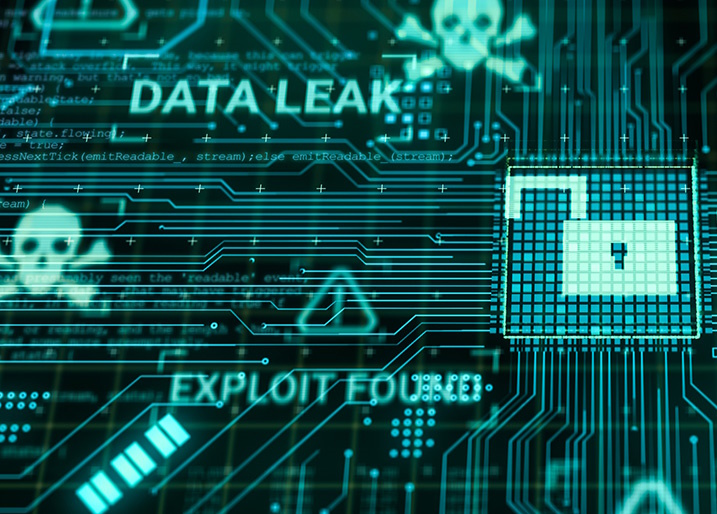Fifth. This is France’s global rank for the number of ransomware recorded in 2022, according to the latest Outpost24 report. Among them, more and more incidents involve a DNS (domain name system) attack.
While each DNS has its weaknesses, hackers can exploit them in several ways. One of the most popular methods is something called a “DNS flood,” a distributed denial of service attack that overwhelms a targeted server. Such an attack, of any nature, can cause significant damage by, for example, disrupting online services, creating more opportunities for hackers to exploit the resulting chaos for other malicious activities, including the implantation of ransomware. Misconfigurations in the DNS infrastructure can therefore serve as entry points for ransomware attacks. Cybercriminals exploit them to gain unauthorized access to the network and then deliver ransomware payloads.
But they can go even further. Hackers can indeed exploit DNS vulnerabilities to carry out DNS hijacking attacks. Concretely, they can take advantage of the DNS system to attract their victims to fraudulent sites, but similar to those they usually consult. These fake sites then encourage people to enter login credentials or download malicious files. Thanks to this, hackers can move laterally in the network and do whatever they want there.
The use of Zero Trust
As ransomware becomes more sophisticated and DNS attacks spread, organizations are trying to protect themselves by adopting innovative approaches and technologies to strengthen the integrity and security of their backup systems.
One of them concerns the “Zero Trust” security concept. It is neither a single product nor a single technology, but rather a mix of policies and best practices to create comprehensive protection against potential threats.
A Zero Trust approach improves the integrity and security of backup systems by fundamentally changing the way businesses think about network security. In a traditional security model, once a user or system has access to a network, they often have broad access privileges, including to backup systems. However, with Zero Trust, trust is never fully granted and must therefore be verified at every level of access, including for backup systems.
Zero Trust follows the principle of least privilege, meaning the company only grants users or systems the minimum access required to perform their tasks. In the context of backup systems, this ensures that only authorized personnel and processes have access, reducing the risk of a data breach.
This concept is based on continuous authentication and monitoring. Users and systems are authenticated upon initial login and throughout their session. It then ensures that access remains appropriate and that a company can revoke it when suspicious activity is detected. In addition, it can quickly identify any unusual behavior and take steps to investigate and stop possible threats. This real-time monitoring ultimately helps preserve the integrity of all systems, including backup systems.
Disaster recovery plan must be prioritized
The primary goal of any backup strategy should be the ability to efficiently restore data when needed. In other words, the focus should not just be on making backups, but on ensuring that a business can restore them to their original state. Often, customers secure their environment, create multiple copies of their data, and store it in various locations, including the cloud. Sounds like a robust backup plan, right? But the real test lies in the restoration process.
When data is lost or compromised, the speed and efficiency of data restoration is essential. By prioritizing it, downtime is limited, sometimes a vital element for a business. Recovery is once again becoming a critical defense mechanism as ransomware and DNS attacks increase. By ensuring an efficient process, companies can reduce the leverage available to hackers.
Data restoration
Recent reports show that most organizations are now prioritizing data restoration over paying ransoms. Although this approach does not guarantee complete recovery, it is often more cost-effective and helps maintain data integrity.
To recover 100% of the data, it is necessary to ensure that the backup procedures are robust, regularly tested and aligned with their evolution and changes in the environment. Customers sometimes struggle, not because of the backup itself, but because of outdated policies that omit critical data or fail to backup properly. It is therefore crucial to stay on top of the basics of data protection, especially in today’s environment of constantly evolving threats.
These days, many businesses are desperately trying to stay one step ahead of hackers. It is time to think about how they can work together to fight. Because, ironically, it is the malicious actors who often share their tactics and strategies on the dark web. We are therefore free to do the same to spread good practices, even if it is not always easy to share your status as a ransomware victim and to give details. But we can help each other and significantly improve the global level of protection against cybercrime.
